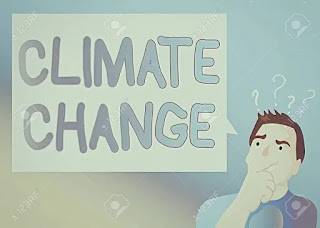Virtual Water Trade: Economic Solution towards Agriculture-led Water Scarcity

As I suggested in my last post , building reservoirs or other forms of water storage facilities could aid in adjusting seasonal imbalances of water resource allocation. Following that, let's talk about another creative solution to the uneven spatial distribution of water. Virtual Water: The Theory Since its inception in the early 1990s, the virtual water trade has grown in popularity as a special solution to national water scarcity. The term "virtual water" relates to the water required to manufacture certain agricultural products (sometimes also further applies to water used in non-agriculture items). This proposal came up with a technique for countries to compensate for their water shortages through economic processes. Instead of producing water-intensive commodities in-house, countries could choose to import them and spare their limited water resources for domestic consumption. On the other hand, water-rich nations can also benefit from their surplus water resource by...


